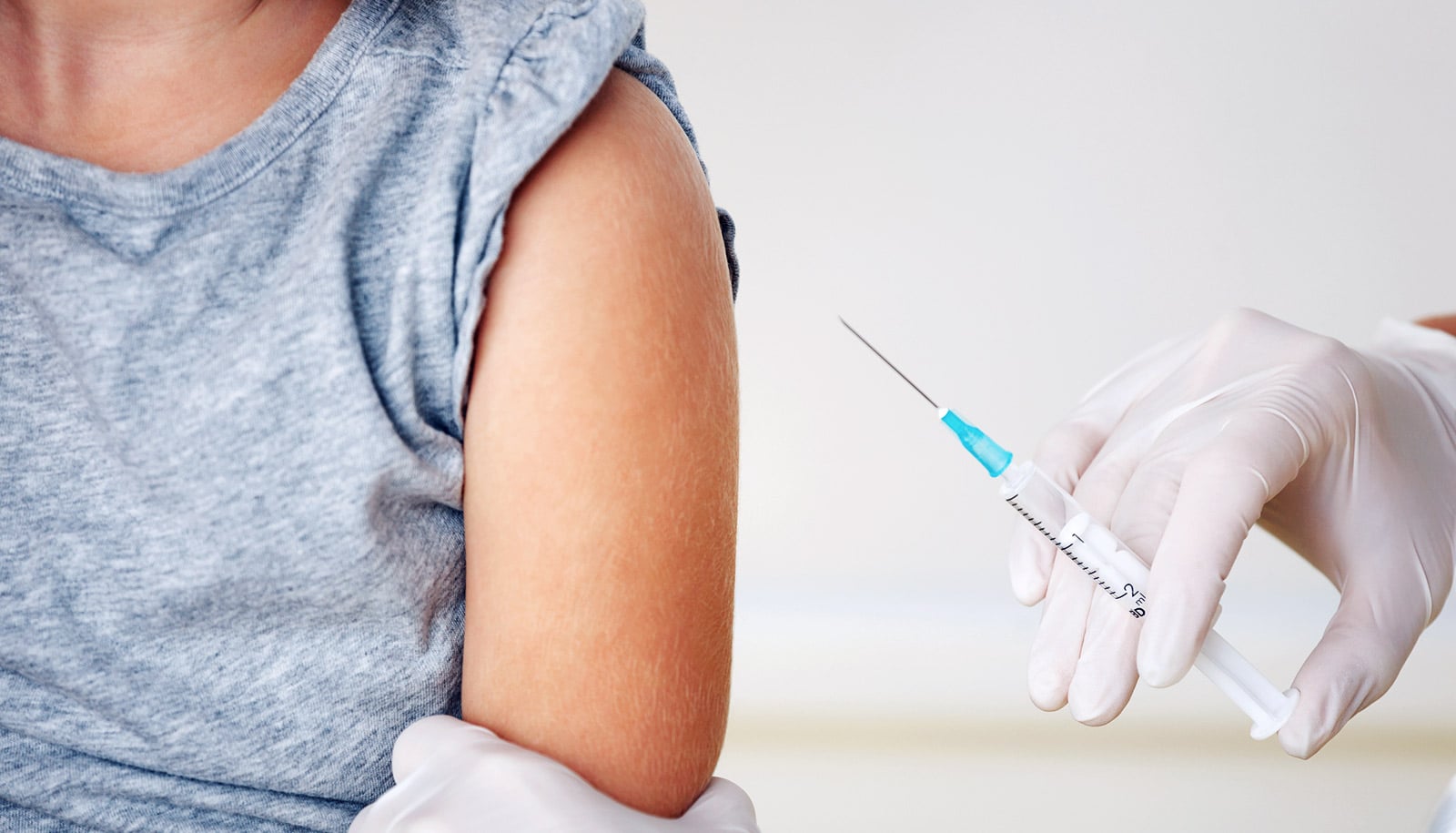Fathers can play an important role in promoting consistent and correct condom use among male adolescents, according to a small new study.
According to sexually transmitted infection (STI) surveillance data released by the Centers for Disease Control and Prevention in fall 2018, the number of reportable STIs reached an all-time high for the fourth year in a row in 2017, with adolescents and young adults accounting for roughly half of all STI acquisitions.
In addition, two out of every three new HIV infections in youth are among black and Latino young men. And, there are still over 200,000 births to adolescents and young adults annually.
Adolescent males’ sexual and reproductive health needs remain largely neglected. Condoms represent the only male specific multipurpose prevention technology that offers effective protection against unplanned pregnancy, STIs, and HIV. What’s troublesome is that CDC Youth Risk Behavior Survey data show steady declines in condom use at most recent sex among US high school students over the course of the past 10 years.
For the study in Pediatrics, researchers interviewed 25 fathers and sons. Their comments show that father-son communication about using condoms consistently and correctly is “feasible and acceptable.”
The findings suggest that supporting fathers in communicating with their adolescent sons about sexual and reproductive health represents a powerful new mechanism for the prevention of teen pregnancies and STIs, including HIV, resulting from unprotected sex.
“I want him to say that he wants to talk about something important and it will benefit my future.”
Interviewed independently, fathers and adolescent sons ages 15 to 19 shared their perceptions regarding strategies for overcoming barriers to potentially uncomfortable conversations about condoms, including insights into specific preferences and needs for teaching and learning about condom use. The study points to communication methods that fathers and sons can adopt and provides suggestions for programmatic efforts to support father-son communication about correct and consistent condom use.
The interviewees in the study were Latino and African-American fathers and sons who reside in the Mott Haven section of the Bronx, where the odds of teen pregnancy and STI acquisition among adolescents are significantly higher than the national average.
The male adolescents conveyed that they wanted their fathers to provide specific guidance on the prevention and management of condom use errors and problems, such as condom breakage and slippage, as well as on incomplete and incorrect condom use.
“I want him to say that he wants to talk about something important and it will benefit my future. And then he can take it from there,” said one teenage interviewee. “The most important thing is using a condom and how to put it on… the right way and be aware of what you’re doing when you’re using a condom,” adds another adolescent.
“…if I’m teaching him, I’m actually teaching myself.”
Fathers, in contrast, disclosed the need to fill their own knowledge gaps, and expressed interest in accessing educational resources before talking with their sons about condoms.
They also saw conversations with their sons as a way to improve their own condom use. “I’m willing to teach him as much as possible,” one dad stated, “…as much as he needs to know, [but] if I’m teaching him, I’m actually teaching myself.”
The results hold important implications for healthcare providers and public health systems, according to the researchers.
“Helping fathers teach their sons about the consistent and correct use of condoms by addressing common communication barriers—and focusing specifically on strategies to avoid condom use errors and problems—is a promising and novel mechanism to increase the use of male condoms and to reduce unplanned pregnancies, STI’s, and sexual reproductive health disparities among adolescent males,” the study states.
The American Academy of Pediatrics endorses supporting parent-adolescent communication about sexuality and helping parents develop communication skills around the proper use of condoms. Despite that policy recommendation, few programs provide specific guidance to parents, particularly fathers and their adolescent sons.
Researchers from New York University collaborated with the CDC’s Division of Reproductive Health on the study.
Source: New York University



